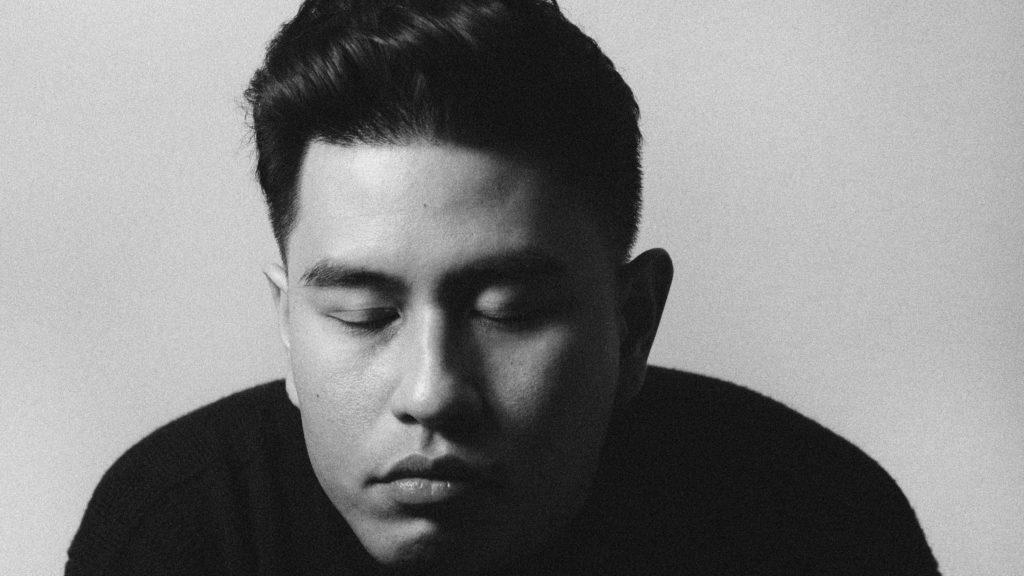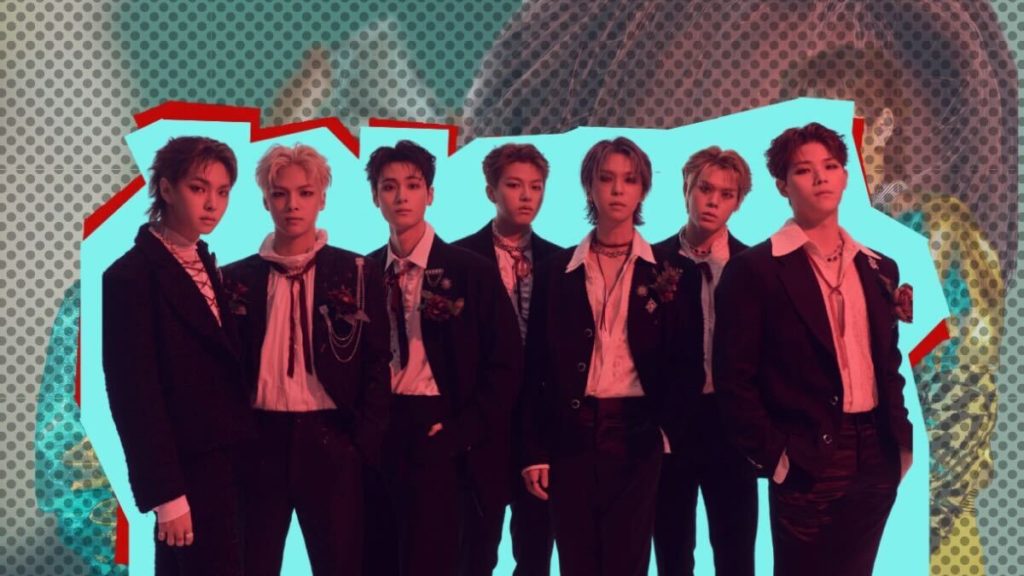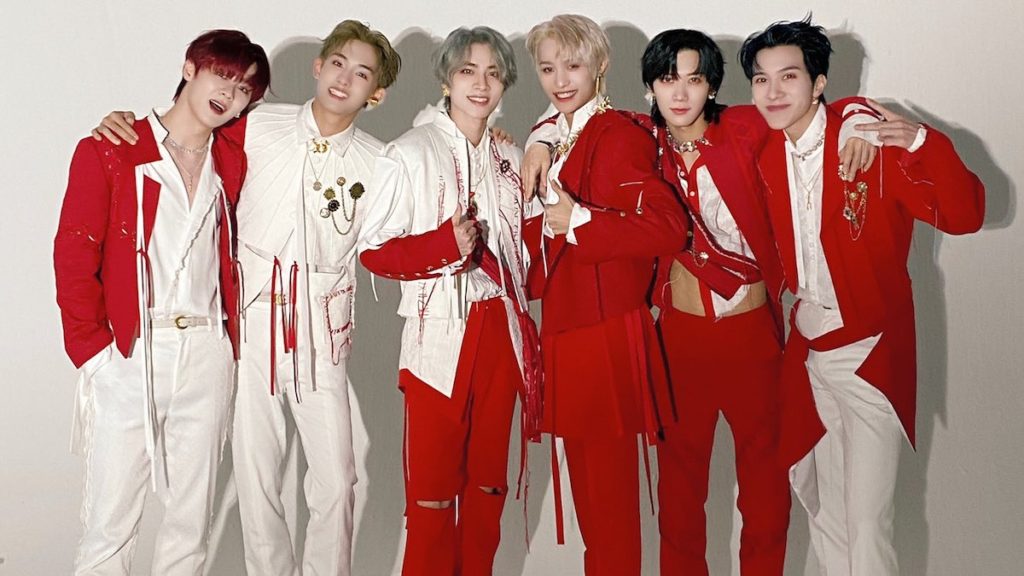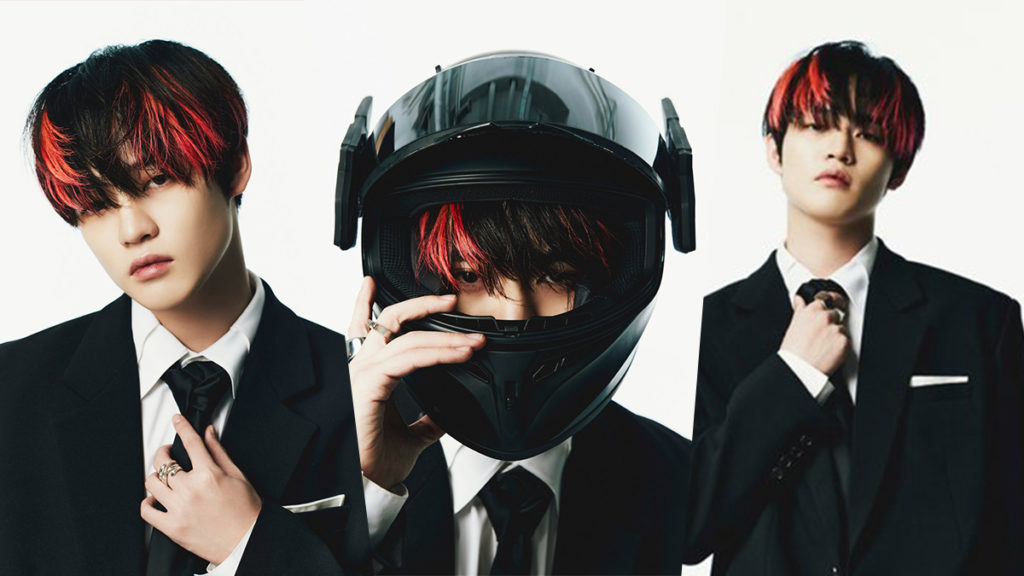Kajo Warms Our Hearts With His Newest Album Cold Places

On February 25, Filipino singer-songwriter Kajo released his first full-length album Cold Places. It consists of 18 tracks, a number deliberately chosen as a symbol of youth, matching the album’s overall theme. To celebrate its release, Kajo held a virtual press conference where he talked about the details behind this new step in his career.
Warm Places in Music
Kajo took a moment to relive his youth and how it inspired this new project. He grew up in a Californian neighborhood where crime and death were a present threat. To stay safe, he would shelter in his father’s garage with his friends and listen to all kinds of artists, from Portishead and My Bloody Valentine to Brian Eno and Chopin. These memories are further explored in one of the album tracks “My Father’s Garage.”
Kajo dedicated Cold Places to his younger self, as a reassuring reminder that he can get through all the hardships of life. “It’s more of a playlist that I’m sending to my former self. Everything’s gonna be okay in spite of all the coldness in the world.”
Melodies, Mummies, and Movies
Kajo mentioned having a particular fascination with death, and he found a way to explore this concept in two seemingly different worlds: music and his degree in physical anthropology. Both seem to share a state of “suspended animation” where there are no absolute truths and everyone just figures out their own conclusions. In this sense, he stated that Cold Places is about death, too.
The influence Kajo’s anthropological studies had on his artistry can be further found in his music video for the album track “Ötzi”. Kajo talked about how this self-produced video was inspired by the story of Ötzi the Iceman, a prehistoric mummy found frozen in the Alps back in the 90s. It’s said that he was stabbed in the back 5,300 years ago, and now Kajo tells his own version of the story as a metaphor for a person without control of their own destination.
Films are another big inspiration in Kajo’s work, which can be seen in all of his music videos, from “SFO” to “28 Club”. “I think the way I see music is very visual”, he says when asked about being his own video director. Having control of both of his songs and music videos, Kajo stands out as an all-rounder creator that gives cohesion to his works. He mentioned Michel Gondry as his favorite director, whose “bootleg and makeshift” style can be seen in Kajo’s works. He is very fond of this method of creating because it forces him to be creative and resourceful: “your best co-producer are your own limitations.”
“This is Chaos Kajo”
Kajo’s music is a constant overlap of opposite worlds: the modern and the vintage, the Eastern and the Western, the deep and the humourous, the classical and the new, the scientific and the artistic. Still, he manages to wrap all that chaos into an essence of his very own. He flawlessly demonstrates this skill in Cold Places, with tracks that go from shoegaze, to rock, to instrumental.
For his creative process, Kajo defines a “thesis” he wants to transmit and then finds the genre that fits it best. Being an artist that doesn’t settle for a single style, this can go as far as matching a song about omelets with French house music if the two work together, he joked. “It’s music, you can’t stop it.”
The Good, the Bad, and the Memories
One of the biggest challenges that musicians face in today’s industry is to stay in the mind of an audience that is constantly changing and looking for new trends. But Kajo easily brushes this worry off his shoulders. He believes it’s more valuable to look for the most digestible way of reaching his audience.
He also remarked on the importance of remaining true to oneself, to “speak universal truths” and hopefully endure in the minds of his listeners. When it comes to writing music, Kajo talked about how “there’s only a certain amount of ideas out there: I love you, I hate you, I’m happy, I’m sad, etc.” The challenge lies in finding new ways of expressing these feelings, that’s what Kajo finds to be the most rewarding part of his artistry.
Despite his confidence in his work, he still had to overcome one of the greatest fears out there: failure. But he finds comfort in the fact that “the more failure you get out of the way, the closer you are to success.” In the end, he sees music as a very self-indulgent endeavor, where true growth comes from accepting one’s mistakes. Kajo advises: “don’t let ‘great’ get in the way of ‘good enough.’ If you’ve worked on your craft, your good enough should be good enough, it doesn’t always have to be genius.”
These meaningful lessons can be found all over Cold Places. Kajo particularly likes one lyric from “Ötzi”: “This is what it means to be human,/ it’s to be something special in somebody’s eyes.” Kajo experienced this personally while visiting the Philippines, a memory that he recalled as one of his fondest musical memories. He got to perform on a remote beach, joined by the best audience possible: the sunset, the ocean, and the multiple villagers that approached, charmed by his music. “It doesn’t have to be a sold-out Madison Square Garden show. We all just want to mean something and to know that we’re making an impact.”
What Comes Next?
A promising future lies ahead of Kajo’s career. He talked about his Filipino heritage and how he has yet to release songs in his native language Tagalog. He also mentioned looking forward to being sampled by other producers and encouraging his listeners to learn about other genres less known in the mainstream. For an artist that knows no boundaries like Kajo, anything is possible.
Cold Places is now available on multiple streaming platforms such as Spotify and Apple Music. Follow Kajo on Instagram and Twitter to see what he does next.
Want to learn more about rising talent? Check out EnVi’s latest interview with 6XT7 here.



